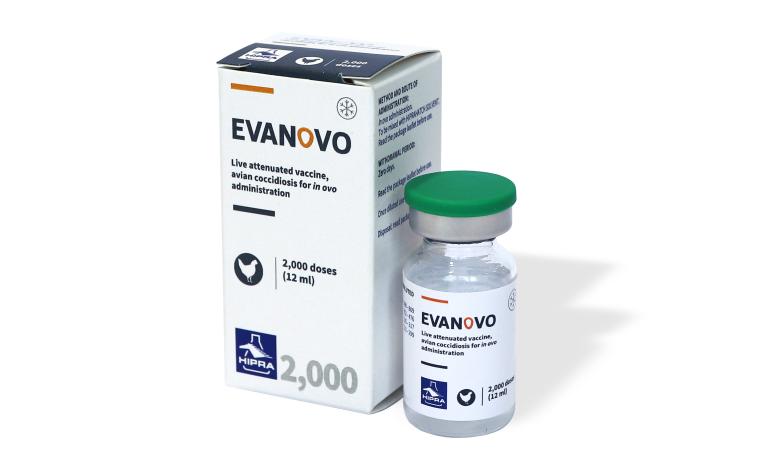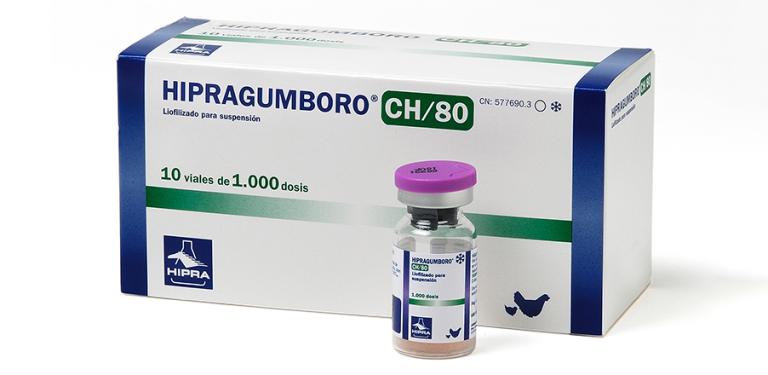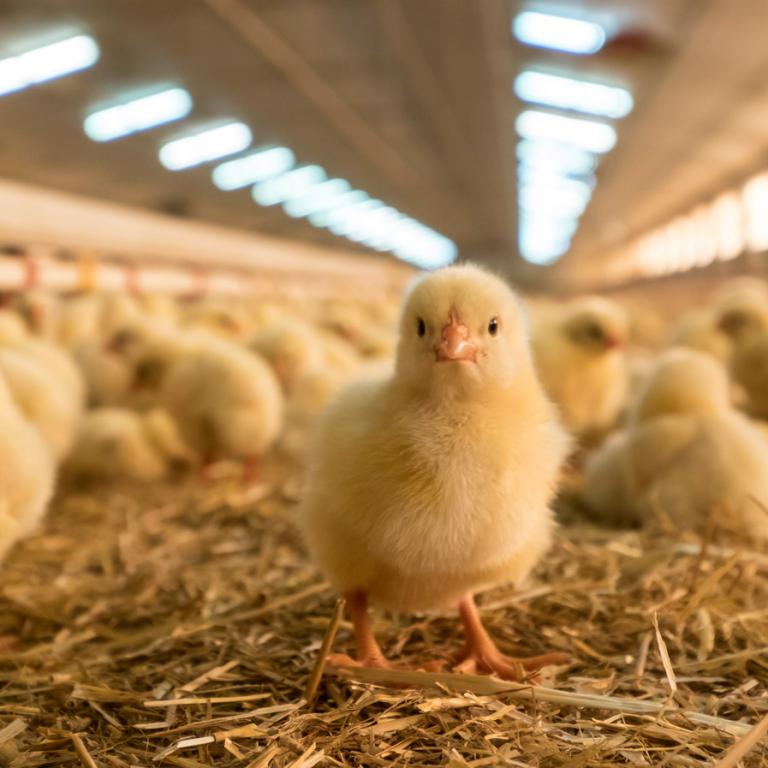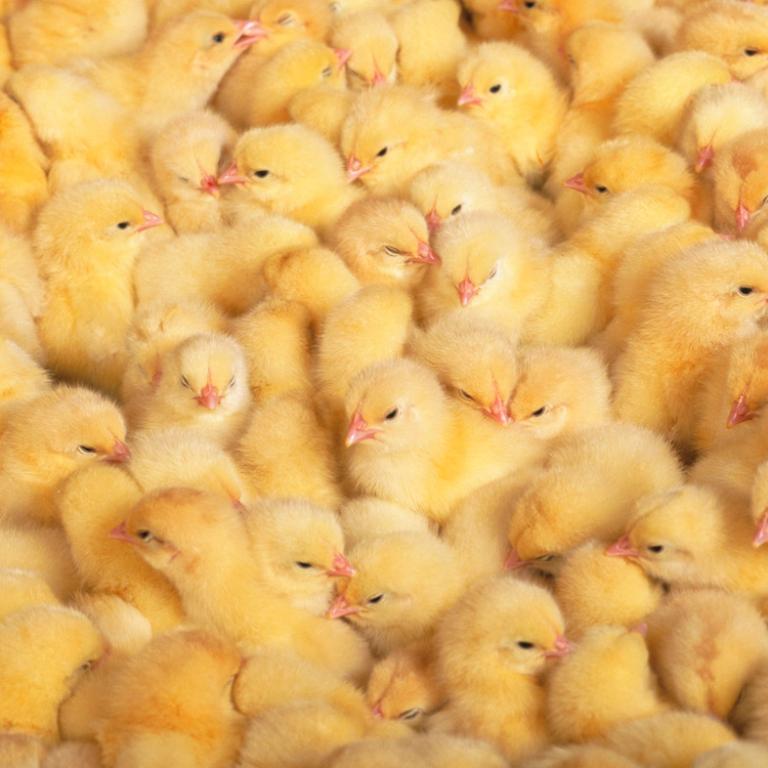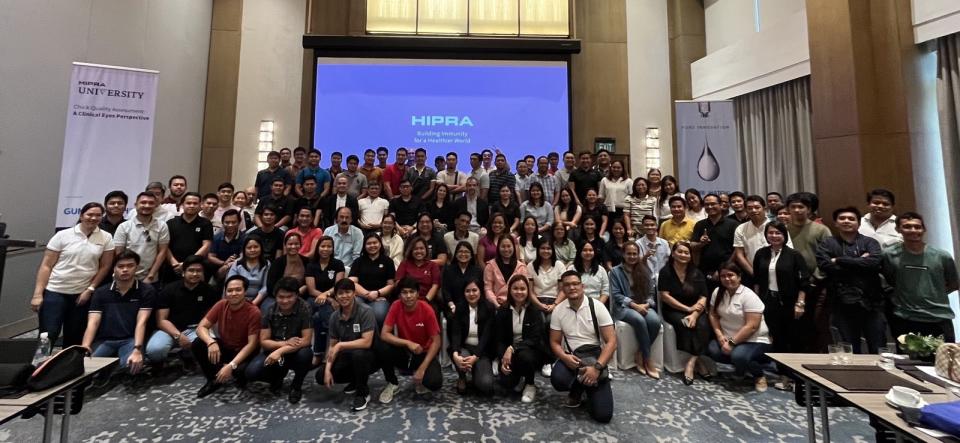Eimeria tenella is by far the most widely detected species on farms when routine lesion scoring is performed. However, it is well known that Eimeria infections very seldom occur with one single species of Eimeria, most of the time they are multiple. Let’s investigate what are the most prevalent species and how multiple infections usually occur.
Eimeria tenella is probably the most diagnosed Eimeria on the planet, but what is the prevalence of the other Eimeria species that cause coccidiosis in poultry?

As Eimeria tenella is probably the easiest species to detect by lesion scoring, a common belief is that this species is the most prevalent all over the globe. In fact, macroscopic lesions are amongst the most pathognomonic with blood or typical moulds in the caecum and common finding of bloody droppings in the litter.
There are seven species of Eimeria recognized as parasitizing chickens (Gallus gallus), which vary in their ability to induce diarrhoea, morbidity and mortality (Williams 1998). They are Eimeria tenella, Eimeria acervulina, Eimeria brunetti, Eimeria maxima, Eimeria mitis, Eimeria necatrix and Eimeria praecox. They occur throughout the world wherever commercial broilers are reared. All seven species of Eimeria infecting chickens were detected in surveys of commercial poultry farms in many countries, for example, the Czech Republic (Kučera 1990), France (Williams et al. 1996), Sweden (Thebo et al.1998), the UK (Eckert et al. 1995), Argentina (Mcdougald et al. 1997; Mattiello et al. 2000), Australia (Jorgensen et al. 1997; Morris et al.2007), China (Sun et al. 2009), India (Aarthi et al. 2010), South Korea (Lee et al. 2010) and Brazil (Moraes et al. 2015).
Like Eimeria tenella that is localized in the caecum, the different Eimeria species tend to develop in different parts of the chicken gut and may be identified by the nature and location of the lesions they cause during multiplication (Long et al. 1976, Long et al. 1982). However, a definitive diagnosis requires additional laboratory investigations. Nowadays, polymerase chain reaction (PCR) and morphometric identification of the Eimeria species are frequently used together as a means of differentiation in the field samples of faeces and litter.
In Europe, few field surveys of Eimeria species are available and even fewer have been conducted using samples from broiler farms. In a study conducted by HIPRA (Pagès et al. 2015), litter samples obtained from broiler farms between 2003 and 2008 in Spain, Belgium, Italy and France were evaluated for the presence of Eimeria species. Samples of litter faeces from each farm were pooled from 10 different random locations within a single broiler house on each farm. In fact, the species composition of coccidial populations is highly repeatable among different broiler houses on the same farm (Jeffers 1974). The evaluation was performed using a polymerase chain reaction (PCR) developed at the Institute for Animal Health (Compton, UK) to specifically detect E. tenella, E. acervulina, E. maxima, E. mitis and E. praecox. Together with this molecular tool for detecting Eimeria species in litter samples, oocyst counts and the evaluation of the percentage of species by using a morphometry test were also performed to further evaluate the samples.
We decided only to look for the five species of Eimeria that usually affect commercial broiler farms -Eimeria tenella, Eimeria acervulina, Eimeria maxima, Eimeria mitis, and Eimeria praecox- due to the fact that E. necatrix has been reported to cause disease in long-lived birds -up to 12 weeks or more- (Williams et al. 1996, Williams 1998) and similarly E. brunetti is often reported to be rare in broilers (Long et al. 1982, Williams et al. 1996, Graat et al. 1998).
Analyzing the 3 species of Eimeria of known and high pathogenic potential (Eimeria tenella, E. acervulina and E. maxima), Eimeria acervulina has been shown to be the most widespread in the four European countries studied, whereas between the two species causing subclinical problems and affecting productivity: E. mitis seems to be quite uncommon, whereas E. praecox was shown to be present in all countries. Combinations of 3 species together were the most common especially: E. tenella, E. acervulina, and E. praecox. E. praecox was found to be highly associated with E. acervulina.

Similar to the study conducted in Europe and using the same techniques of evaluation of the samples, in 2012 HIPRA also performed the first Eimeria spp. prevalence study in South Africa (Pagès et al. 2015):

Analyzing the 3 species of Eimeria of known and highly pathogenic potential (Eimeria tenella E. acervulina and E. maxima) Eimeria acervulina was shown to be the most widespread in South Africa (40.5%), whereas regarding the 2 species that cause subclinical problems and affect flock productivity: E. mitis was less prevalent (7.1%) then E. praecox (9.5%). Combinations of 2 species together were the most common especially: E. acervulina + E. tenella and E. acervulina + E. maxima.
Once again these studies showed the widespread presence of Eimeria praecox and thus of subclinical coccidiosis that “remains one of the most important infections causing decline in production performances” (Haug et al. 2008).
Finally, these results confirmed that the most prevalent species of Eimeria by far is E. acervulina, in contrast with the field perception that most of the time coccidiosis is only caused by E. tenella.
REFERENCES:
- Aarthi S., Dhinakar Raj G., Raman M., Gomathinayagam S., Kumanan K., 2010. Molecular prevalence and preponderance of Eimeria spp. among chickens in Tamil Nadu, India. Parasitology Research 107(4), 1013-1017.
- Eckert J., Braun R., Shirley M.W., Coudert P.. COST 89/820: Biotechnology: Guidelines on techniques in coccidiosis research. Luxembourg: European Commission, 1995, 286-287.
- Graat E.A.M., Van der Kooij E., Frankena K., Henken A.M., Smeets J.F.M., Hekerman M.T.J., 1998. Quantifying risk factors of coccidiosis in broilers using on-farm data based on a veterinary practice. Prev. Vet. Med. 33, 297-308.
- Haug A., Gjevre A.G., Thebo P., Mattsson J.G., Kaldhusdal M., 2008. Coccidial infections in commercial broilers: epidemiological aspects and comparison of Eimeria species identification by Morphometric and polymerase chain reaction techniques. Avian Pathol. 37, 161-170.
- Jeffers T.K., 1974. Eimeria acervulina and E. maxima: incidence and anticoccidial drug resistance of isolants in major broiler-producing areas. Avian Dis. 18, 331-342.
- Jorgensen W.K., Stewart N.P., Jeston P.J., Molloy J.B., Blight G.W., Dalgliesh R.J., 1997. Isolation and pathogenicity of Australian strains of Eimeria praecoxand Eimeria mitis. Aus. Vet. J. 75, 592-595.
- Kučera J., 1990. Identification of Eimeria species in Czechoslovakia. Avian Pathol. 19, 59-66.
- Lee B.H., Kim W. H., Jeong J., Yoo J., Kwon Y.-K., Jung B.Y., Kwon J. H., Lillehoj H. S., Min W., 2010. Prevalence and Cross-Immunity of Eimeria Species on Korean Chicken Farms. Journal of Veterinary Medical Science 72 (8), 985-989.
- Long P.L., Joyner L.P., Millard B.J., Norton C.C., 1976. A guide to laboratory techniques used in the study and diagnosis of avian coccidiosis. Folia Vet. Lat. 6, 201-217.
- Long P.L., Reid W.M., 1982. A guide for the diagnosis of coccidiosis in chickens. Univ. Georgia Coll. Agric. Res. Rep. 404, 1-17.
- Mattiello R., Boviez J.D., McDougald L.R., 2000. Eimeria brunetti and Eimeria necatrix in chickens of Argentina and confirmation of seven species ofEimeria. Avian Dis. 44, 711-714.
- McDougald L.R., Fuller L., Mattiello R., 1997. A survey of coccidia on 43 poultry farms in Argentina. Avian Dis. 41, 923-929.
- Moraes J.C., França M., Sartor A.A., Bellato V., Barbosa de Moura A., Borba Magalhães M.L., Pereira de Souza A., Miletti L.C., 2015. Prevalence of Eimeriaspp. in Broilers by Multiplex PCR in the Southern Region of Brazil on Two Hundred and Fifty Farms. Avian Diseases 59(2), 277-281.
- Morris M.G., Woods W.G., Richards D.G., Gasser R.B., 2007. The application of polymerase chain reaction (PCR)-based capillary electrophoretic techniques provides detailed insights into Eimeria populations in intensive poultry establishments. Mol. Cell. Probes 21, 288-294.
- Sun X.M., Pang W., Jia T., Yan W.C., He G., Hao L.L., Bentué M. and Suo X., 2009. Prevalence of Eimeria Species in Broilers with Subclinical Signs from Fifty Farms. Avian Diseases 53(2):301-305.
- Thebo P., Lundén A., Uggla A., Hooshmand-Rad P., 1998. Identification of seven Eimeria species in Swedish domestic fowl. Avian Pathol. 27, 613-617.
- Williams R.B., 1998. Epidemiological aspects of the use of live anticoccidial vaccines for chickens. Int. J. Parasitol. 28, 1089-1098.
- Williams R.B., Bushell A.C., Répérant J.M., Doy T.G., Morgan J.H., Shirley M.W., Yvoré P., Carr M.M., Frémont Y., 1996. A survey of Eimeria species in commercially-reared chickens in France during 1994. Avian Pathol. 25, 113-130.


